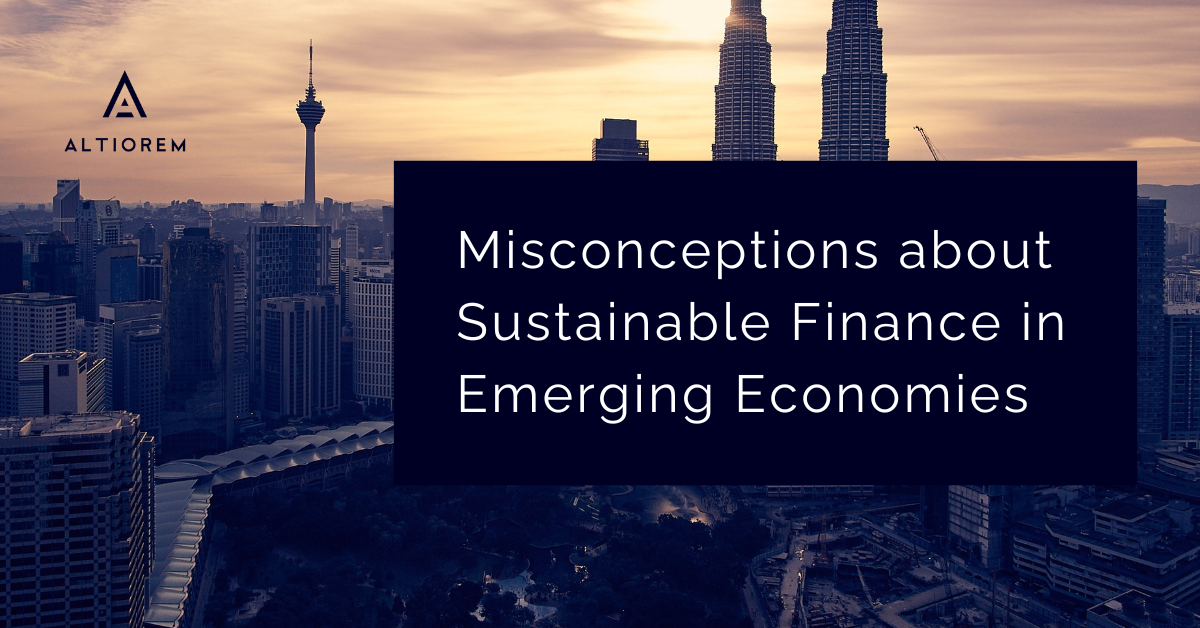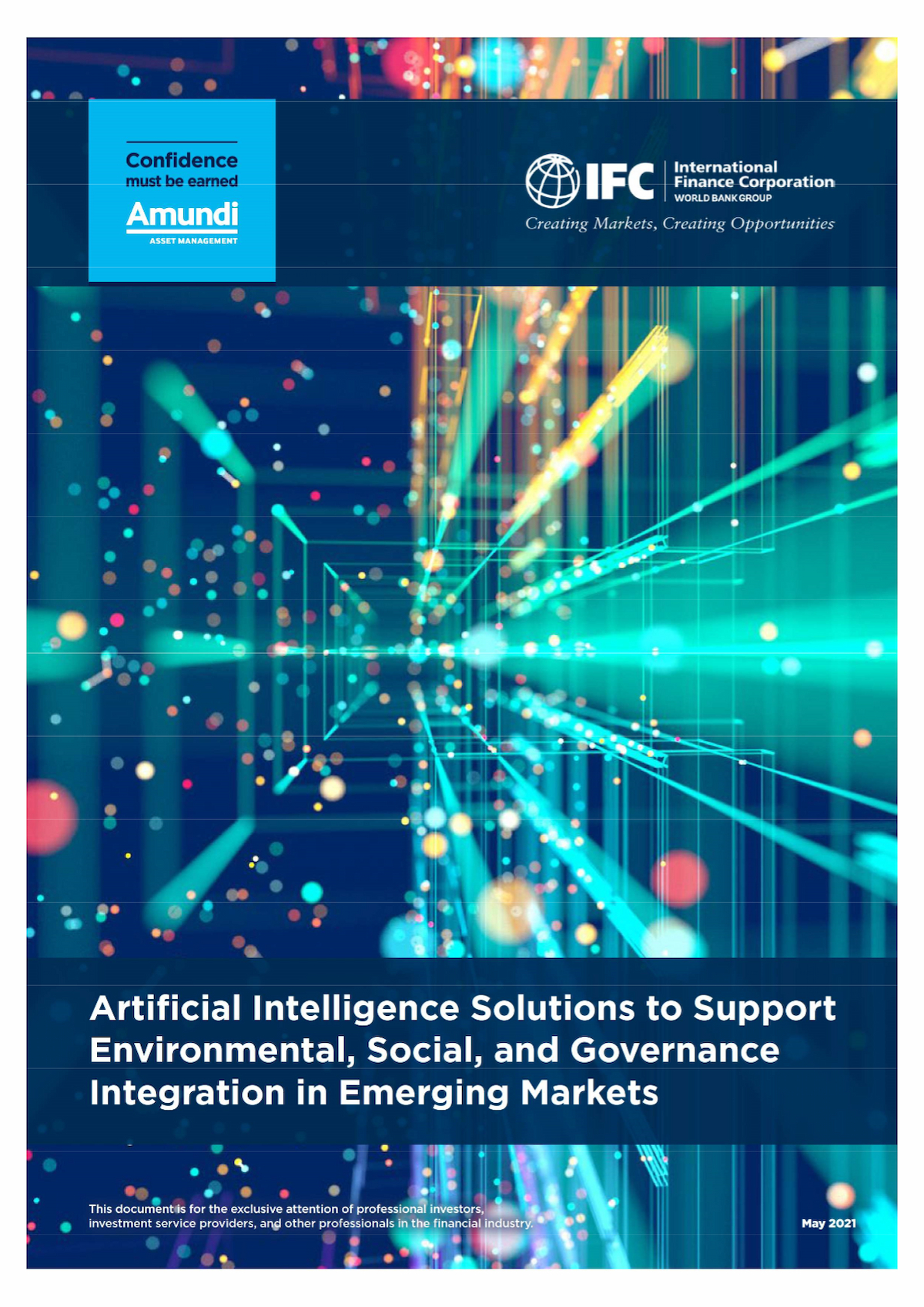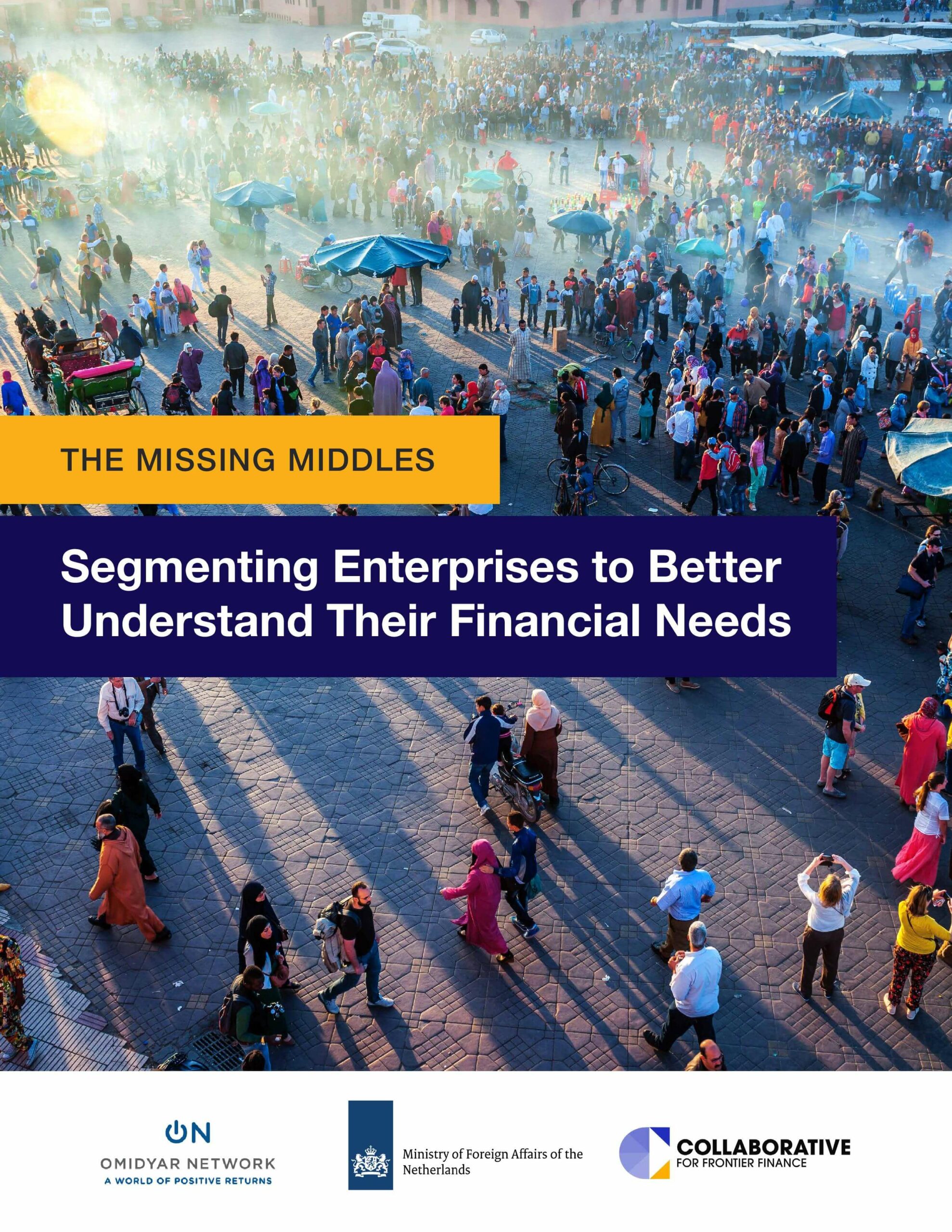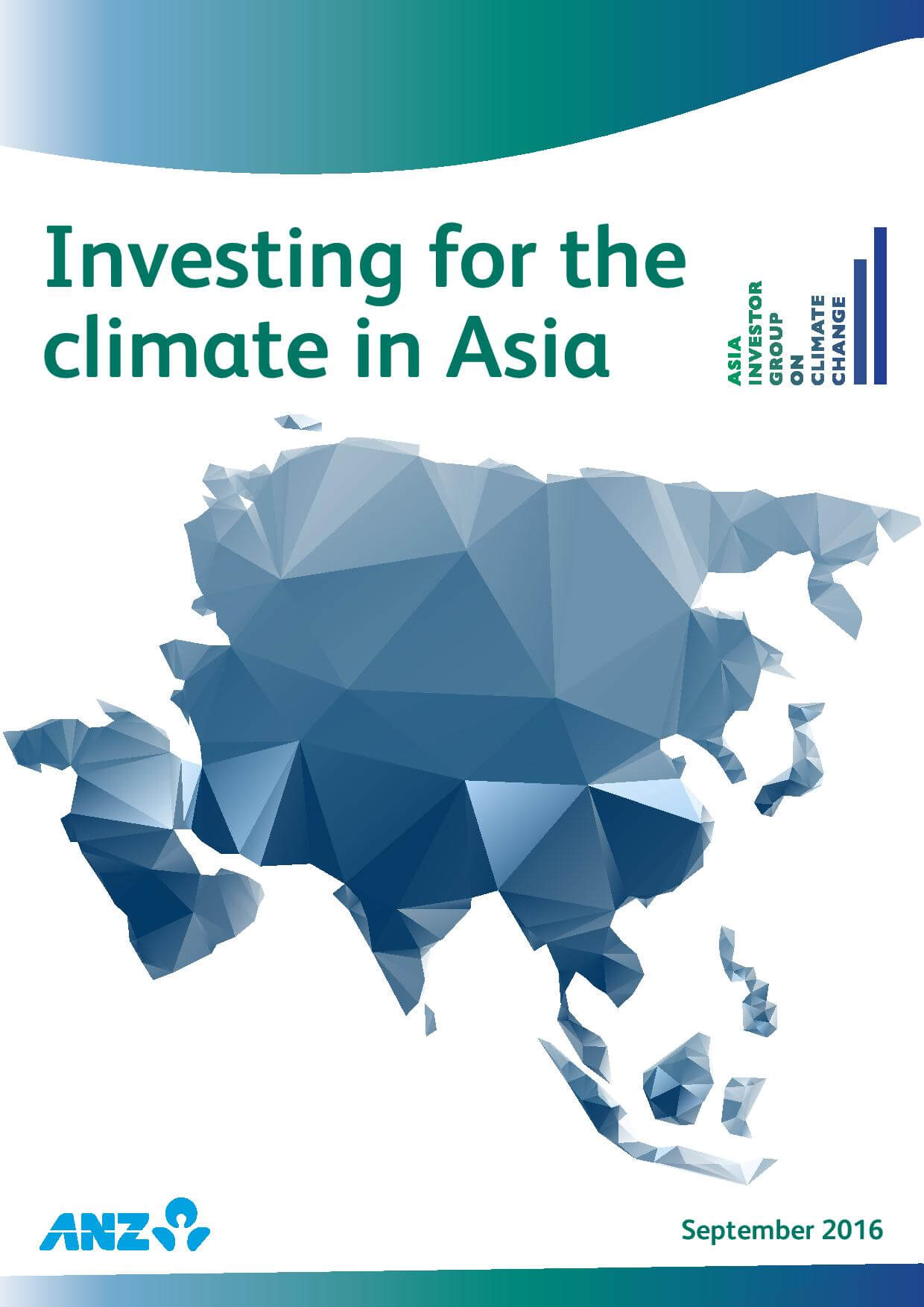
Thinking deeper about sustainable finance in emerging economies
Investment professionals in the Global North often express their well-intentioned views on the financing needs in emerging economies, however, they can overlook the importance of listening to what is really needed by people and business in these economies. Our discussion seeks to understand how we can better include the voices of emerging economies in investment decisions.
AUTHORS

Sustainable finance and investment professionals in the Global North often express their well-intentioned views on the financing needs in emerging economies, however, they can overlook the importance of listening to what is really needed by people and business in these economies.
Rather than asking ‘what can sustainable finance do for emerging economies?’ this discussion will reframe the question to ‘what do emerging economies need from sustainable finance, and how can we meaningfully include diverse perspectives?’.
In 2023, we hosted a webinar discussing some of the assumptions that the sustainable finance sector holds about emerging economies, the ideas challenging these assumptions and solutions that the industry can implement to overcome existing barriers.
We heard from distinguished panellists, Carlos Vargas, Maheen Rahman, Abinash Mohanty and Pablo Berrutti who shared their insights and case studies, which we have included in this blog.
Please see below for the recording, key insights and related resources.
Key insights
Some key insights from our discussion about challenges and solutions, the importance of local partnerships and capacity building and the impact sustainable finance can have.
Investment barriers and solutions in emerging markets

Partnerships and capacity building

It is crucial to get stakeholders involved when working in emerging economies and stakeholders should be broad and diverse e.g. project owners, government regulators, the central banks, the local commercial banks, and local private capital. – Maheen
When building relationships to prevent maladaptive issues from arising, we need to speak the same language, we need to understand the same criteria and we need to understand risk at the same proportion as financiers. – Carlos Vargas
We need to help companies understand that there’s going to be more benefit than risk aligning to social and environmental standards.
They will end up paying more but we all need to see the long-term benefits, not just the short-term benefits. – Carlos Vargas
Impact
You don’t need a significant amount of money to make a large impact.
For example, in applying innovative financial techniques for the gender bond we’re working on, it is only about 2.5 million rupees, but it will impact 30,000 women in rural areas and if we consider that from the perspective of 30,000 families then we’re looking at a range of anywhere of 150 to 200,000 people that we will have impacted through lending. And this is all done in an entirely commercial format without the need for any kind of subsidies – Maheen
The important considerations are (A) to have an innovation and (B) to finance them, but to also see how that innovation is panning out. Many innovations and some of these infrastructures backfire. We need to be very cognizant of what kind of innovations we are supporting, what is the long-term life cycle assessment? What is the implication in 5, 10, 20 and 30 years? – Abinash
There are multiple ways of measuring impact. No one has a perfect way to do it but if we are meeting some broad objectives of reducing negative impacts on the environment, or cutting carbon emissions using better sources of fuel, or even empowering labour to be less focused around the child labour issues, then those are impactful enough in a lot of emerging markets.
If we become too specific about what constitutes impact, we’re going to miss a lot of the large-scale impact that we can and have very quickly. – Maheen
We need system innovation and technology innovation which is backed by sufficient finance and that finance needs to come from multiple sources. It can’t just be public investment, it can’t just be private investment, and it can’t just be venture capital. We need a combination so that the homegrown local-led innovations can be boosted. – Abinash
Emerging economy resources
See below for resources including case studies, research, articles and podcasts.
Empowering women through finance

Image source: Pixelfusion3d, Getty Images
Case study
Empowering Women Through Finance: Historic Breakthrough in Pakistan
Maheen discusses this case study (30 minutes into the recording) as an example of how InfraZamin developed the first gender bond in Pakistan to support women grow their businesses.
Sustainable finance in Latin America

Image source: Grandriver, Getty Images
Case study
Scaling Up Corporate Social Responsibility: Coffee Farming in Chiapas, Mexico (Behind paywall)
Carlos discusses this case study (37 minutes into the recording) as an example of innovative financing structures that work with local businesses to build capacity.
 Listen
Listen
How Mexico’s sustainable taxonomy tackles both environmental and social issues, S&P Global
In this podcast, experts including Carlos Vargas, discuss Mexico’s Sustainable Taxonomy which was launched in March 2023.
 Read
Read
Mexico’s Sustainable Taxonomy (in Spanish only).
You can find a summary of the taxonomy’s key insights by Leisa Souza and Thatyanne Gasparotto from Natixis here.
Read
Colombia’s Green Taxonomy (in Spanish only)
In April 2022, Colombia adopted a national green taxonomy. The taxonomy allows lenders and borrowers to identify economic activities that contribute to specific environmental targets. Find a summary by Alfred Escobedo on Greenomy here.
Read
Understanding investment and sourcing through smallholder supply chains, Shared by Pablo
A deep dive into ten corporate approaches to engaging, protecting and supporting smallholder farming suppliers.
Climate Change and investing in a just transition

Image source: Raj K Hindustan Times/Getty. Intense monsoonal rains caused catastrophic flooding in Kerala, India, August 2018.
Read
The State of Extreme Events in India (Behind paywall) shared and written by Abinash Mohanty
The paper investigates some the climate change drivers and the state of extreme events across various climatic zones and sectors in India. It identifies the 10 most exposed (hotspot) states, the landscape-based drivers of climate change and the likelihood of sectors and populations being at risk. Find a summary of the report here.
Read
Agents of change: Evidence from Infrastructure for Climate Resilient Growth Programme shared by Abinash Mohanty
The Infrastructure for Climate Resilient Growth (ICRG) program is a technical assistance programme under a bilateral agreement between the UK government’s Department for International Development (DFID) and the Ministry of Rural Development, Government of India. Under implementation since 2016, ICRG piloted embedding of climate resilient strategies and action within India’s (and the world’s) largest social protection scheme – Mahatma Gandhi National Rural Employment Guarantee Act (MGNREGA).
Read
Adapting to a Changing Climate Through Nature-Based Solutions shared and written by Abinash Mohanty (Behind paywall)
This article explores the sector-specific hazard-linked Nature-based solutions and interventions that can be piloted and scaled in India to mitigate the extent of loss and damage caused due to hydro-met disasters. It highlights how these interventions will be pivotal in restoring, rehabilitating, and rejuvenating the ecosystems that can hinder the climate change impacts. Find a summary here.
Read
Mobilising Climate Investments in Emerging Markets, IGCC, shared by Anjali Viswamohanan
This report looks at the opportunities and barriers for Australian investors to fund renewable energy in our region. Estimates suggest climate solutions in emerging markets could be worth US$2 trillion per year by 2026. And many emerging markets must manage the dual challenge of decarbonsing their systems while driving social
Read
Integrity Matters: Net Zero Commitments by Businesses, Financial Institutions, Cities and Regions, United Nations’ High‑Level Expert Group on the Net Zero Emissions Commitments of Non-State Entities, shared by Anjali Viswamohanan
This report provides recommendations for financial institutions on credible net zero plans to combat greenwashing. Recommendation 9, Investing in just transitions, provides guidance for engaging with government and business in emerging economies to support sustainable investment.
Read
The Rockefeller Foundation and GEAPP To Design the World’s First ‘Coal-To-Clean’ Credit Program in Emerging Economies shared by Mara
A new standard for the use of carbon finance to incentivise a just transition away from coal-fired power plants to renewable energy in emerging economies.
Case study
MFX Solutions Launches Service to Reduce Microfinance Currency Risk, shared by Rosemary Addis
In 2009, MFX Solutions Inc. (MFX) addressed the disparity problem microfinancing lenders face when they borrow in dollars or euros and lend in a different local currency. MFX solves this problem by providing microfinance lenders access to sophisticated hedging instruments and free, web-based risk management tools tailored to the microfinance business model.
Read
Water crisis: how local technologies can help solve a global problem, shared by Pablo Berrutti
2.2 billion people still lack access to safe drinking water. This article highlights how Climate change is making water stress worse for billions of people worldwide.




